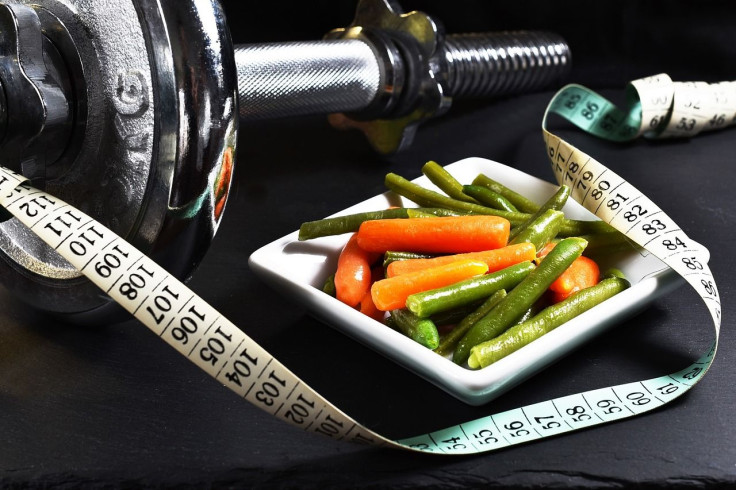7 Easy Ways To Lower Cholesterol Levels Without Medications

KEY POINTS
- Cholesterol levels: <200 mg/dL is considered desirable
- Boderline high cholesterol: 200-239 mg/dL
- High cholesterol: >200 mg/dL
- Lifestyle modifications keep cholesterol levels under control
Cholesterol is a waxy substance in the blood that is required to build healthy cells. However, higher than normal levels of cholesterol increase your risk of several complications including heart diseases or stroke. According to recent estimates, the world loses 2.6 million people to hypercholesterolemia every year. About 94.6 million American adults have total cholesterol levels exceeding 200 mg/dL.
A 2017 survey has demonstrated that, despite knowing the dangers of high cholesterol, many Americans lack the knowledge to keep it under control. It also mentioned that about 47% of the survey participants hadn’t checked their cholesterol levels in the past year and about 21% of them had high cholesterol levels.
Apart from statins and other medications, the current guidelines call for lifestyle modifications as a first-line treatment. Here’s a list of effective natural ways to reduce cholesterol levels:
1. Shun Trans Fats & Saturated fats
Several pieces of research point to trans fat leading to heart diseases. Experts recommend that you weed out all the trans fat substances in your diet and substitute with healthier food options. Replace cakes, desserts, cookies, hot dogs, French fries, bacon, ice cream, croissants, and other fried foods with healthier options like salads, soups, fresh fruits, vegetables, and nuts to lower your cholesterol levels.
2. Load up on polyunsaturated and monounsaturated fats
Both of these can help lower your LDL or bad cholesterol levels. Consume enormous amounts of plant-derived oils including sunflower, olive, canola, safflower, grapeseed and peanut oils, which are rich in both polyunsaturated as well as monounsaturated fats. Include nuts, avocados, seeds, soybeans, and fatty fish in your diet to see your LDL cholesterol levels get lowered.
3. The richer the hue, the healthier they are for you
Increase your intake of colorful vegetables and fruits. They are enriched in cholesterol-lowering substances including fiber and those molecules that block away cholesterol such as sterols and stanols. Colorful foods like leafy greens, carrots, tomatoes, strawberries, blueberries, plums, and yellow squashes contain heart-healthy ingredients.
4. Weed out refined sugars and grains
While whole grains are great sources of fiber, consider replacing refined flour and white rice with whole-wheat flour or wild rice. Also, include the old-fashioned oatmeal in your diet and refrain from consuming low-fat salad dressings that contain sugar to enhance the taste.
5. Exercise regularly
Indulging in regular physical activity most days of the week for a minimum of 30 minutes to see your cholesterol levels go down. Any exercise is better than none. Healthline suggests running, jogging, bicycling, swimming, weight lifting, and brisk walking are reported to be effective at reducing cholesterol levels.
6. Do calorie policing
All kinds of fats contain 9 calories per gram (about 100 calories per tablespoon). While switching to a heart-healthy diet plan, ensure that you keep track of your calorie intake also.
7. Manage stress effectively
Stress increased the levels of your hormones like cortisol and adrenaline which in turn increases your cholesterol levels, especially the LDL (bad) cholesterol levels. Thus, Everyday Health says it is important to keep your stress response under control to manage cholesterol levels in the long run. Opt for effective stress management techniques like yoga, meditation, and mindfulness to keep hypercholesterolemia at bay.
© Copyright IBTimes 2024. All rights reserved.






















